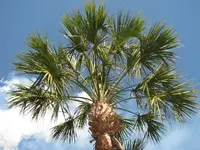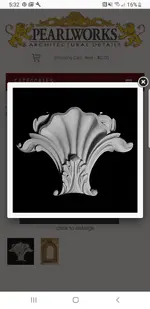BillA
Bronze Member
an example - but not the right one (the plants at his feet have a specific import)
http://www.thehistoryblog.com/wp-content/uploads/2019/04/BK-NM-5290.jpg

from the Historyblog
Bill
http://www.thehistoryblog.com/wp-content/uploads/2019/04/BK-NM-5290.jpg

from the Historyblog
Bill
Last edited:











